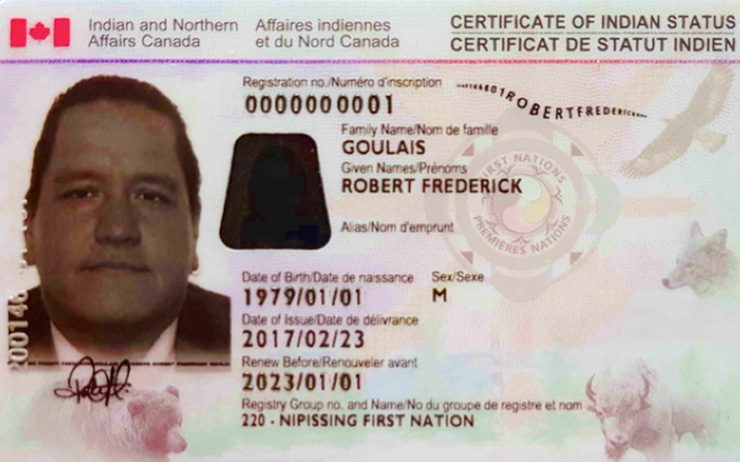Native American tribal documents play a crucial role in the Form I-9 employment eligibility verification process. These documents can serve as valid identification and, in some cases, proof of work authorization for Native American employees. However, it’s essential for employers to understand the nuances of these documents to ensure compliance with U.S. Citizenship and Immigration Services (USCIS) regulations.

A Native American tribal document is an official tribal or community membership document issued by a Native American Indian tribe, Alaska Eskimo, or Aleut community that is recognized by the U.S. federal government. It’s important to note that documents issued by tribes or communities not recognized by the U.S. government are not acceptable for Form I-9 purposes.
To determine if a tribal document is legitimate, employers should follow these steps:
- Verify if the issuing tribe or community is federally recognized. This can be done using the Bureau of Indian Affairs (BIA) search tool available on their website.
- Determine if the document falls under List B (identity) or List C (employment authorization) based on the employee’s citizenship status declaration in Section 1 of Form I-9.
- Use the following table to determine document acceptability:

E-Verify Considerations
For employers using E-Verify, it’s crucial to remember that all List B documents, including Native American tribal documents, must contain a photograph. If a tribal document lacks a photo, the employer should request an alternative List B document with a photo or accept it only as a List C document if applicable.
Unacceptable Documents
Certain documents are not considered valid Native American tribal documents for I-9 purposes:
- Tribal membership documents issued by Canadian First Nations
- Certificates of Indian Status (INAC cards) issued by Indigenous and Northern Affairs Canada

While holders of these documents may still be eligible for employment authorization under specific immigration laws INA section 289 (and, if applicable, 8 CFR 289.2), the documents themselves cannot establish work authorization for I-9 purposes.
Certificate of Degree of Indian or Alaska Native Blood” (CDIB)
In the United States, Native Americans are unique in having a document called the “Certificate of Degree of Indian or Alaska Native Blood” (CDIB). This certificate specifies the percentage of Native American or Alaska Native ancestry a person has. It is issued by the Bureau of Indian Affairs (BIA) or tribal officials and can be printed on standard eight and a half by eleven-inch piece of paper or a card.
The CDIB does not automatically grant tribal membership, as joining a tribe is a decision made by the tribe itself, not the federal government. However, some tribes use the CDIB as part of their membership application process, requiring it as proof before considering an individual’s application. Tribes that manage their own CDIB issuance through agreements (638” contract) with the BIA may provide both a CDIB for federal purposes and a separate document for tribal membership. The rules for issuing these certificates and calculating blood quantum can vary, as there are no standardized guidelines. Despite its limited legal applications, the CDIB is sometimes used for other purposes, including verifying tribal membership for some tribes.
Upon review with the USCIS it was confirmed that the following documents would fall under List C – Native American Tribal Document (8) despite the photo being printed on the paper. List B document would be a plastic ID Card.

Best Practices for Employers
- Regularly check the USCIS website for updates on I-9 guidance related to tribal documents.
- Ensure that personnel responsible for I-9 verification are well-versed in the nuances of tribal document acceptance.
- Maintain clear records of the verification process, including screenshots or printouts from the BIA website confirming tribal recognition.
- When in doubt, consult with immigration legal experts or USCIS (Phone: 888-464-4218 ) directly for clarification on complex cases.
By following these guidelines and staying up to date with USCIS regulations, employers can navigate the complexities of tribal document verification for I-9 completion with confidence and compliance.